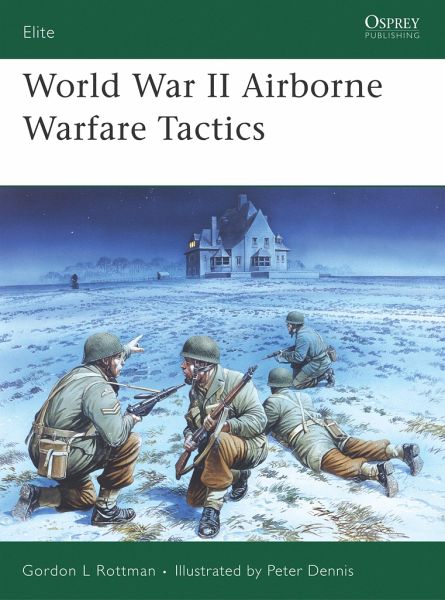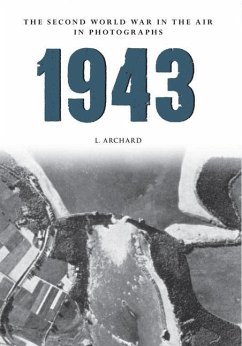
World War II Airborne Warfare Tactics
Versandkostenfrei!
Versandfertig in über 4 Wochen
16,99 €
inkl. MwSt.

PAYBACK Punkte
8 °P sammeln!
Osprey's study of air battle tactics of World War II (1939-1945). The delivery of entire divisions to battlefields behind enemy lines by parachute and glider played a significant part in the European campaigns of World War II. Despite notable successes, the costs and difficulties of this wholly new form of warfare have prevented airborne operations on a comparable scale since 1945. This book - by an airborne veteran of a later generation - explains in detail their advantages and drawbacks, developing techniques and equipment, with reference to specific German, US, British, Soviet and Japanese ...
Osprey's study of air battle tactics of World War II (1939-1945). The delivery of entire divisions to battlefields behind enemy lines by parachute and glider played a significant part in the European campaigns of World War II. Despite notable successes, the costs and difficulties of this wholly new form of warfare have prevented airborne operations on a comparable scale since 1945. This book - by an airborne veteran of a later generation - explains in detail their advantages and drawbacks, developing techniques and equipment, with reference to specific German, US, British, Soviet and Japanese operations. The text is illustrated with period photographs, colour artwork and operation maps.












